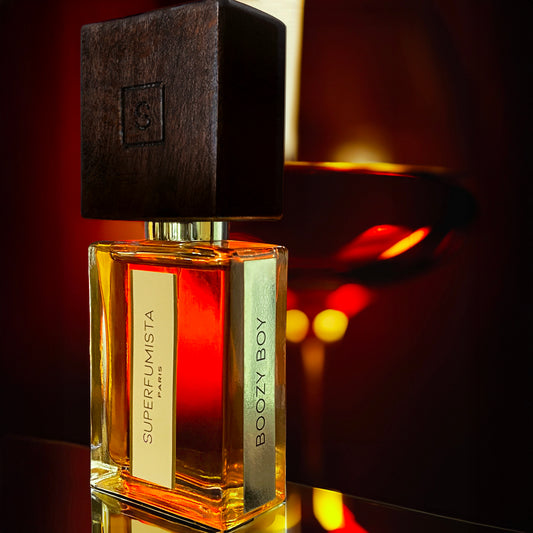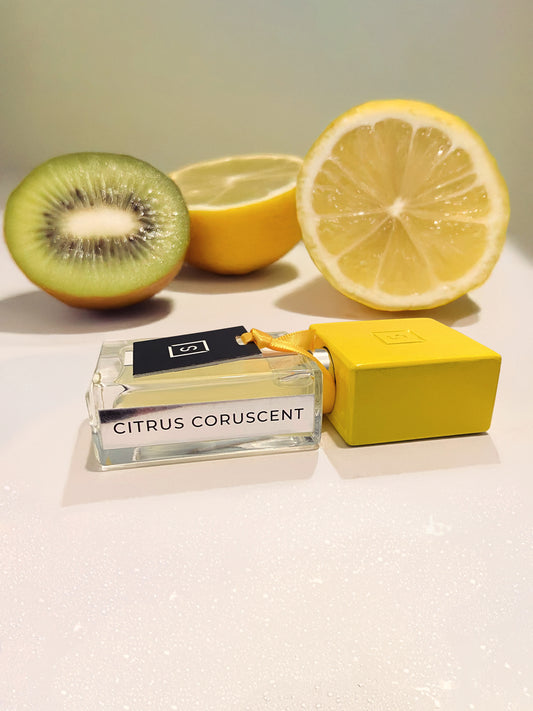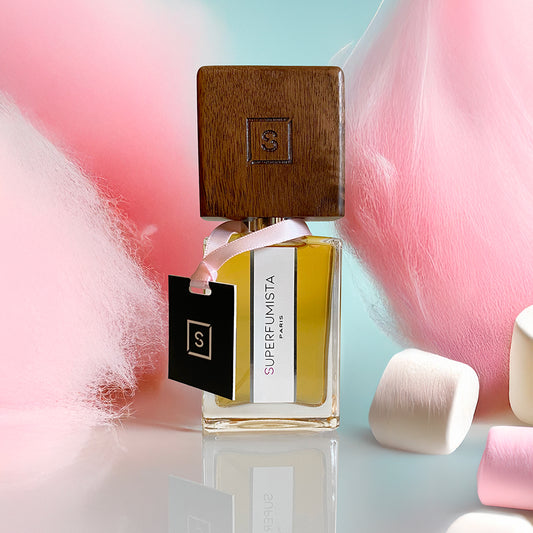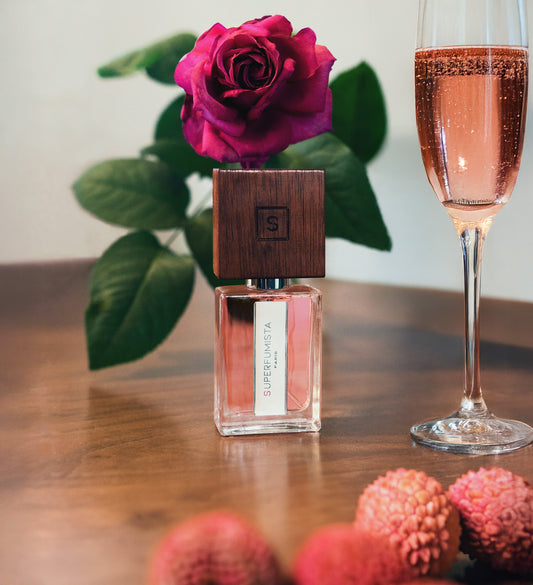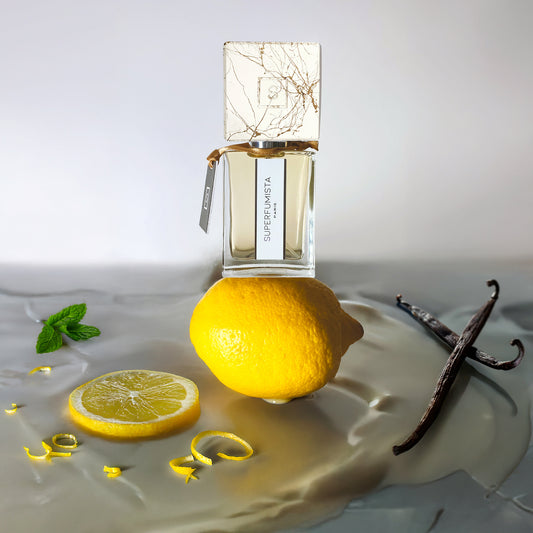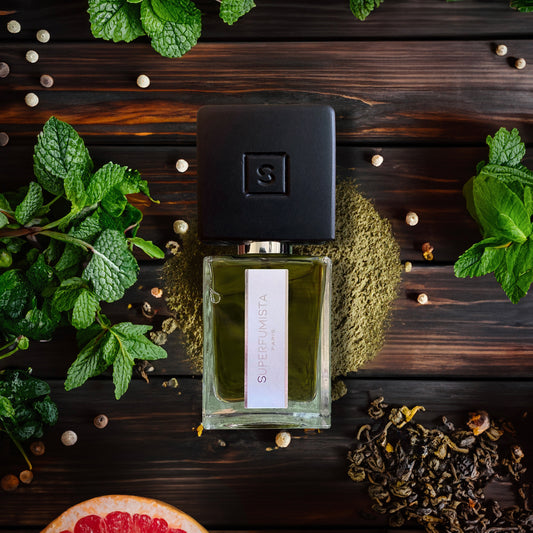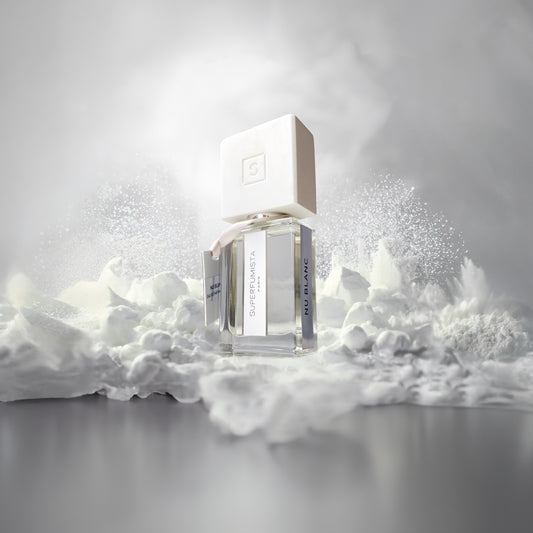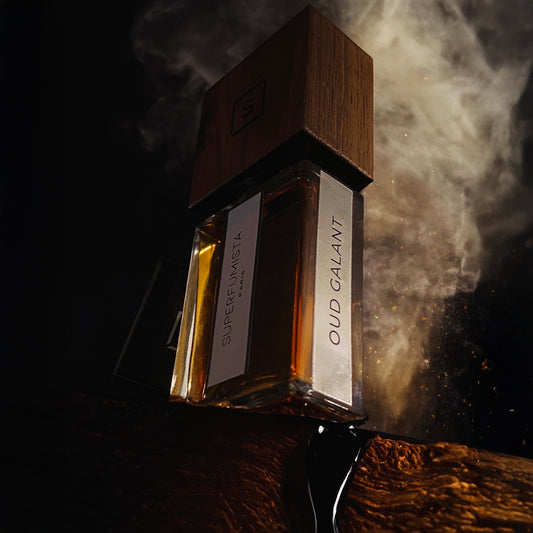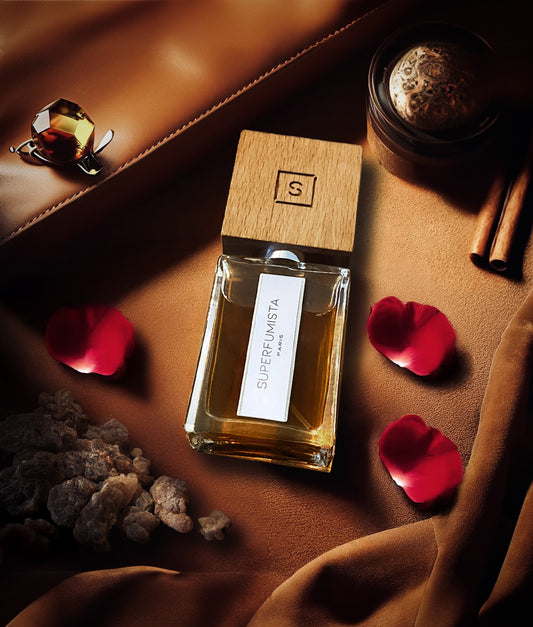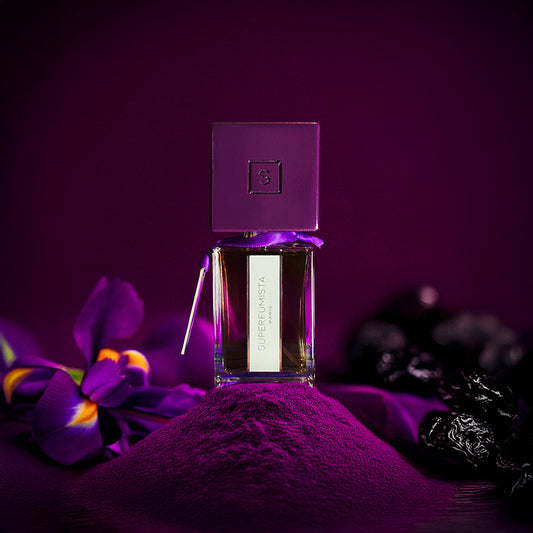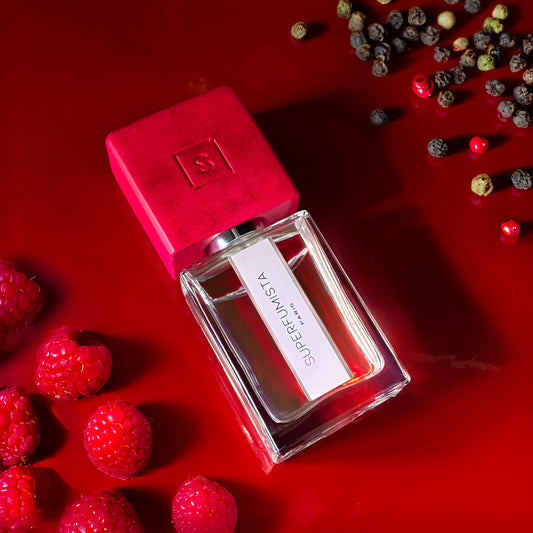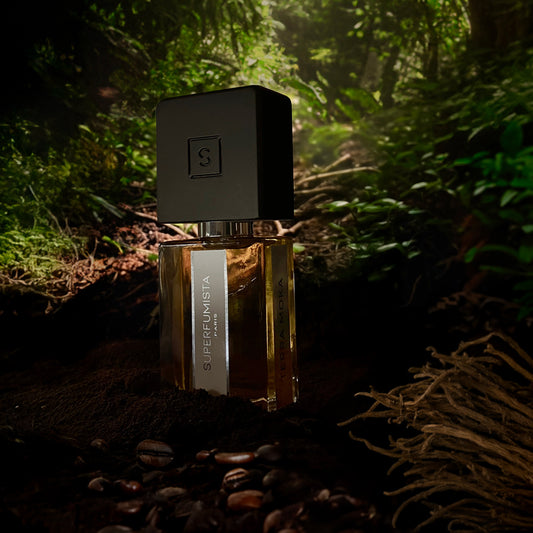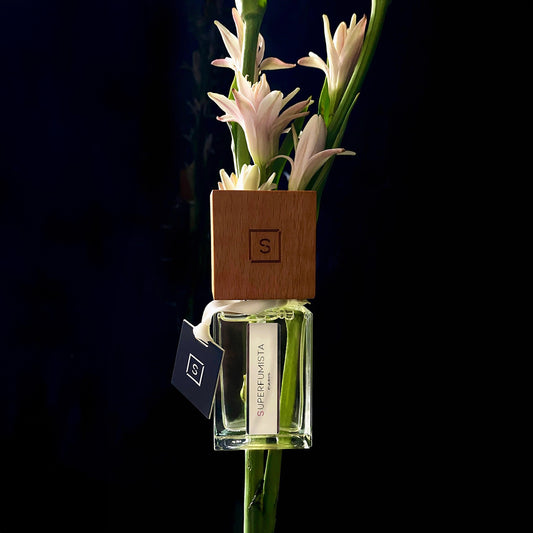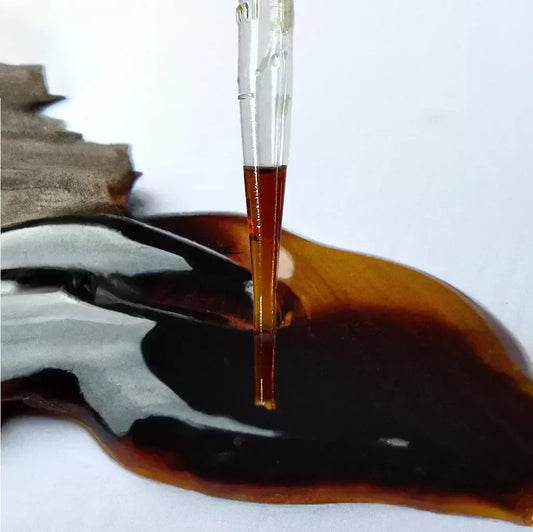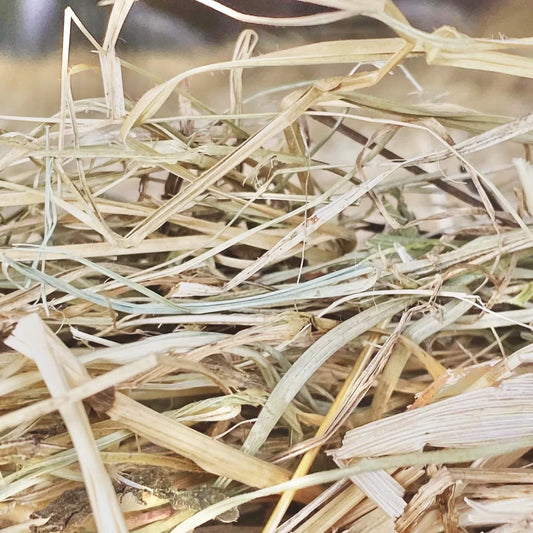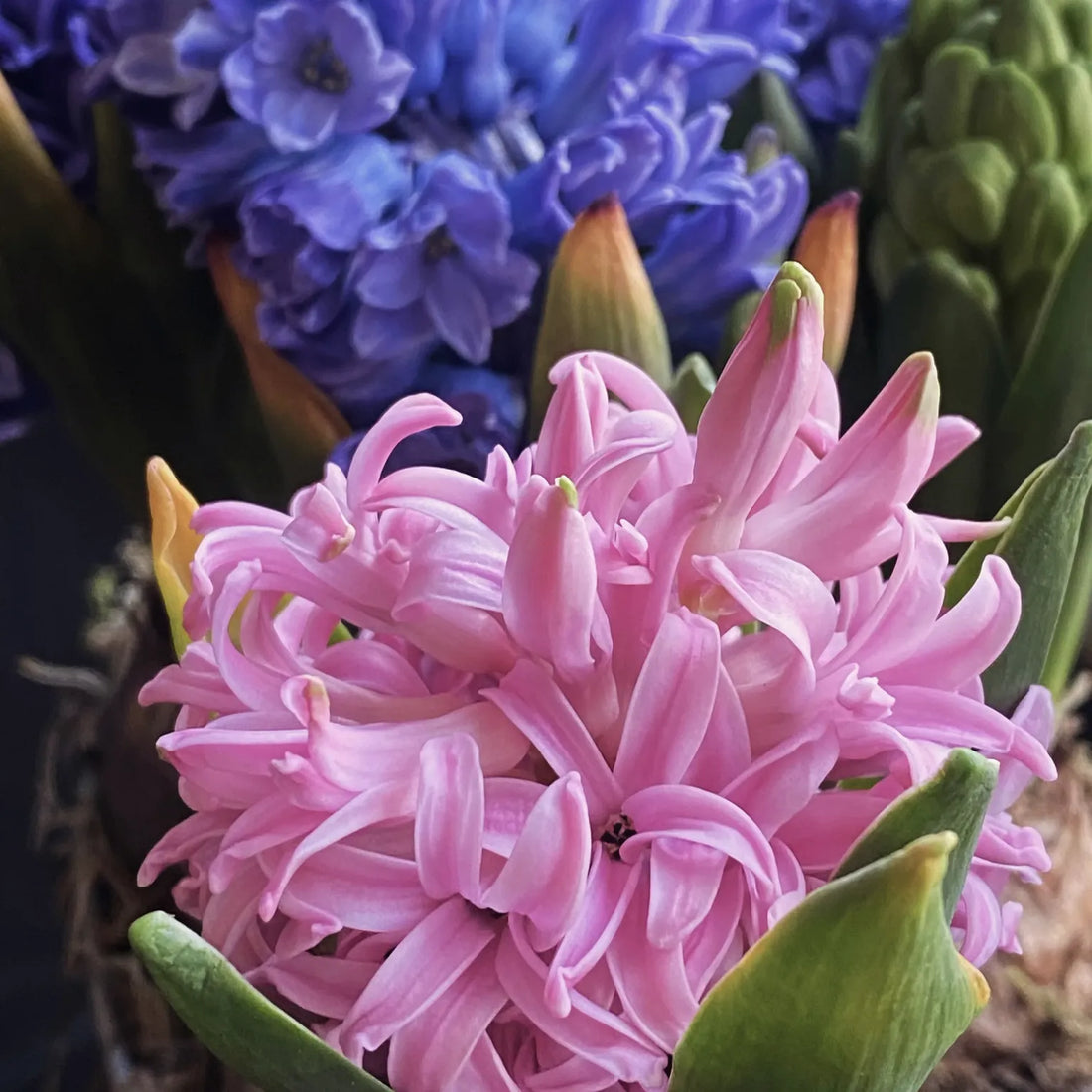
Hyacinth
Share
Hyacinth in perfumery
This discreet yet expressive flower spans the ages with its captivating and nuanced fragrance. Sometimes fresh, sometimes green with a watery hue, the hyacinth also reveals earthy and animal facets that make it complex and elusive.
Native to Asia Minor and the Balkans, it fascinates with its rarity and powerful symbolism, embodying simplicity, yet paradoxically requiring a complex art to transcribe it into perfumery. Let's discover how creators capture this olfactory gem and the nuances its different colors inspire in the art of perfume.

Hyacinth: a precious and complex flower
Hyacinthus Orientalis is a flower rich in symbolism, representing simplicity in oriental poetry. However, nature has made its olfactory capture complex and precious: hyacinth absolute, very rare and expensive, requires a ton of petals to obtain just one kilogram of absolute.
Hyacinth essential oil is extremely rare and not very accessible. The enfleurage technique, once widely used to capture the aromas of flowers, continues to be practiced by some specialized workshops on behalf of niche houses. This traditional process is particularly demanding and delicate: fresh flowers are pressed onto fat plates to absorb their fragrance, then the scented oil is recovered through an alcohol wash.
These low yields often push perfumers to recreate its olfactory profile by combining natural and synthetic materials to restore the green, aqueous, sweet, earthy, spicy, animal and honeyed floral facets of hyacinth.
Beyond these constraints, hyacinth seems to be a now rare note in contemporary launches compared to rose, jasmine or orange blossom, whose natural extracts in the form of absolutes remain very expensive but nevertheless offer better productivity.
Materials to recreate a hyacinth
We therefore need to imagine it in order to recreate it, that is to say, reconstruct it, using materials of natural and synthetic origin, each providing an essential facet to reproduce the complexity of this flower.
Here's a look at 10 essential ingredients for creating a hyacinth accord:
‣ Phenylacetic aldehyde : honeyed floral notes, with a slightly animal touch that adds depth.
‣ Phenethyl alcohol : soft and floral notes reminiscent of rose, which bring roundness and delicacy.
‣ Cinnamic alcohol : balsamic and spicy notes, giving a subtle warmth and intensity.
‣ Benzyl salicylate : soft and luminous floral notes, evoking petals in the sun.
‣ Dimethyl benzyl carbinol : sweet, floral and slightly woody notes, adding complexity to the accord.
‣ Eugenol : spicy note characteristic of cloves, bringing an exotic touch.
‣ Benzyl acetate : sweet and fruity note reminiscent of white flowers like jasmine.
‣ Alpha/beta ionone : powdery and slightly fruity notes, giving a soft and sophisticated dimension.
‣ Terpineol : fresh and slightly camphorated notes, reinforcing the green freshness of hyacinth.
‣ Cis-3-hexenol : a green and vegetal scent, reminiscent of freshly cut leaves and adding a natural freshness.

The symbolism of the hyacinth and its olfactory inspirations
Each color of hyacinth carries a particular meaning, enriching its symbolism and inspiring varied interpretations in perfumery:
💙 Blue : a symbol of constancy, serenity and sincerity, the blue hyacinth inspires fresh and soothing notes, often translated by green, aquatic or slightly powdery nuances, such as those brought by the combination of terpineol and ionones. These notes reinforce the idea of a transparent and pure perfume, echoing the serenity of the blue flower.
💗 Pink : Associated with pleasure and happiness in relationships, pink hyacinth can be evoked with fruity, sweet, and honeyed notes, reminiscent of tenderness and cheerfulness. Phenethyl alcohol, for its floral rose sweetness, the slightly sweet nuances of benzyl acetate, and a touch of honeyed and floral phenylacetic aldehyde accentuate warmth and translate joy and blossoming into a delicately floral, luminous, and gourmand accord.
🤍 White : a symbol of purity and simplicity, white hyacinth evokes soft and airy compositions. One could imagine notes of benzyl salicylate and cis-3-hexenol reinforcing this effect with floral, slightly watery green facets, associated with white musks, conveying innocence and freshness. This profile could lend itself to light compositions, where the hyacinth note blends with velvety white musks for an impression of enveloping purity.
💜 Violet : Symbolizing majesty and royalty, the purple hyacinth invites richer and deeper interpretations. Balsamic and spicy notes such as those of cinnamic alcohol and eugenol, combined with powdery and earthy facets, accentuate the mysterious and noble character of this color. It inspires perfumes that evoke a strong presence, marked by refined elegance and a more intense character. Finally, a trace of indole would introduce a subtly sensual and animal dimension,
The color of each hyacinth thus adds an additional dimension, enriching the olfactory language. Inspired by these symbols, perfumers can translate the flower into unique interpretations, ranging from crystalline freshness to intense depth, to create poetic and evocative olfactory experiences.



